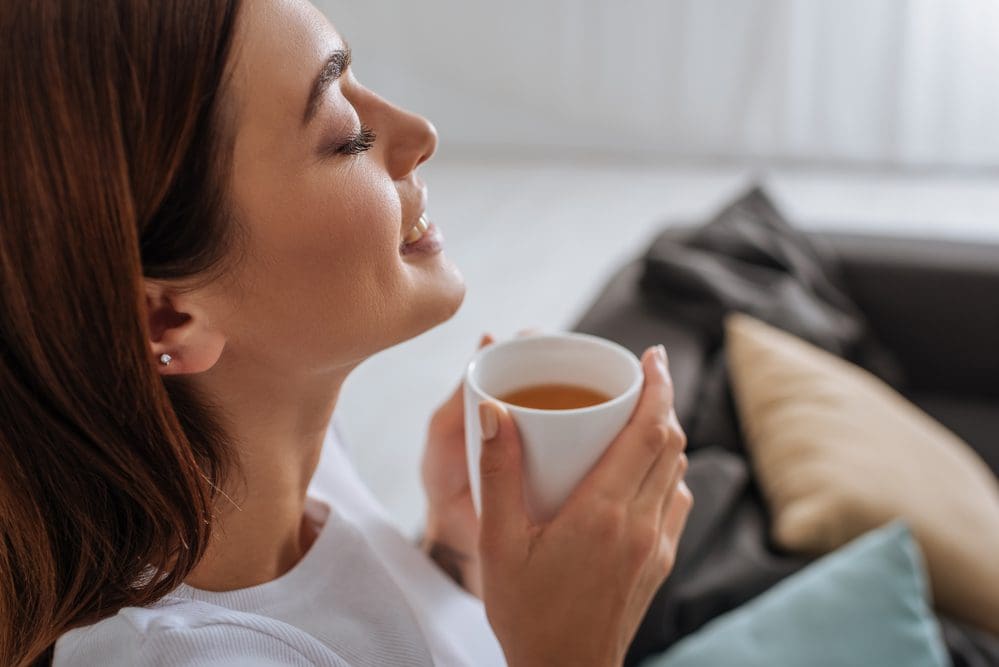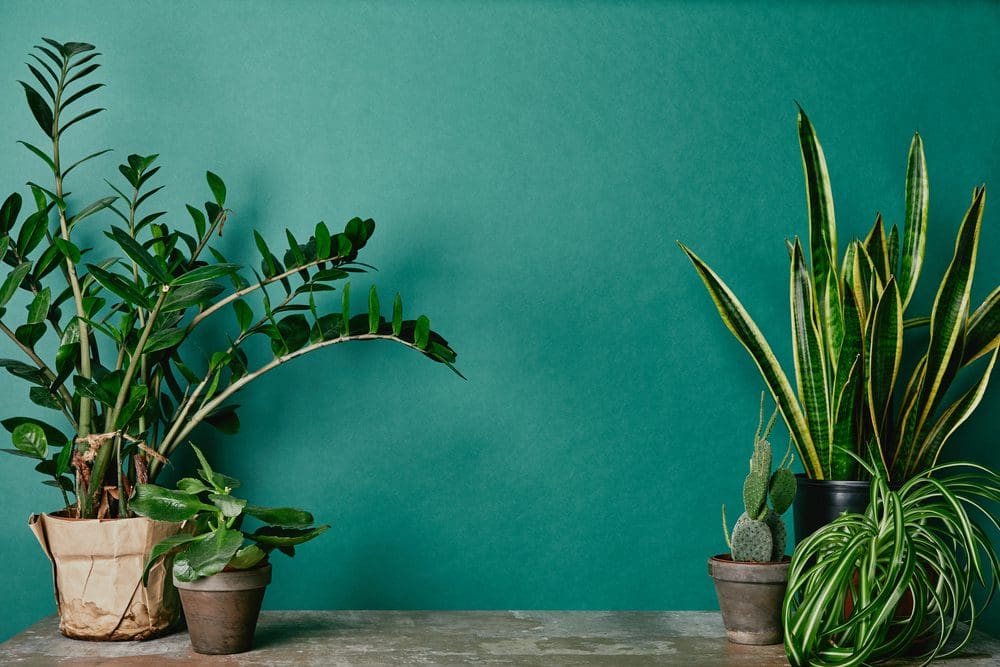Full Disclosure: Clicking on these links could mean a tiny commission for me, at no extra cost to you.
Oh, the good ole’ anxiety attack vs. panic attack debate. Both experiences can be overwhelming, but they have distinct characteristics that determine the best way to cope with them. As such, understanding the differences between a panic attack and an anxiety attack is essential for effective management and treatment.
Anxiety Attack vs. Panic Attack: What’s the Confusion?
Anxiety attacks and panic attacks share several characteristics, making them often confused and used interchangeably. Both can cause rapid heartbeat, sweating, shortness of breath, dizziness, and chest pain. They involve intense fear or worry, a sense of impending doom, and feelings of detachment. Triggers such as stressful situations, trauma, and health concerns can provoke both types of attacks. This overlap in symptoms and triggers, along with a lack of clear public definitions and miscommunication, contributes to the confusion.
- Physical Symptoms: Rapid heartbeat, sweating, shortness of breath, dizziness, chest pain.
- Emotional Symptoms: Intense fear, sense of impending doom, detachment.
- Common Triggers: Stressful situations, trauma, health concerns.
- Reasons for Confusion: Similar symptoms, overlap in triggers, lack of clear definitions, miscommunication.
Despite these similarities, anxiety attacks and panic attacks are distinct experiences that have additional triggers, symptoms, and durations that make them different.
What is a Panic Attack?
A panic attack is an intense and sudden episode of overwhelming fear or discomfort that peaks within minutes. It often occurs without any obvious trigger and can be extremely debilitating.
Characteristics of a Panic Attack:
- Panic attacks typically come on suddenly and unexpectedly.
- Usually peaks within 10 minutes and rarely last more than 30 minutes.
- More intense system and can be mistaken for a heart attack or other serious medical condition.
- Examples of symptoms: rapid heart rate, sweating, trembling, shortness of breath, chest pain, nausea, dizziness, chills or hot flashes, numbness or tingling, and a feeling of detachment from reality.
Additionally, a main difference between an anxiety attack vs. panic attack is the trigger. Panic attacks often occur without any apparent reason or obvious trigger. Although, they can sometimes be triggered by specific situations or phobias.
What is an Anxiety Attack?
An anxiety attack, on the other hand, is typically less intense but more prolonged than a panic attack. It is often a response to a perceived stressor or threat and builds up gradually.
Characteristics of an Anxiety Attack:
- Usually develop gradually in response to a perceived stressful situation or ongoing worry.
- Can last for a longer period, from minutes to hours, or even days.
- Symptoms are generally less intense than those of a panic attack but can still significantly affect daily functioning.
- Examples of symptoms: excessive worry, restlessness, muscle tension, fatigue, difficulty concentrating, irritability, and sleep disturbances.
As mentioned, the trigger is a key factor is determining if you’re having an anxiety attack or panic attack. Anxiety attacks are often triggered by specific stressors such as work pressure, relationship problems, health concerns, or financial difficulties.
Comparing Panic Attacks vs. Anxiety Attacks
Let’s compare some key factors between an anxiety attack vs. panic attack.
Onset and Duration
Panic attacks have a sudden onset and peak rapidly, while anxiety attacks build up gradually and last longer.
Intensity of Symptoms
Panic attacks present more intense physical symptoms, often leading to extreme fear and a sense of impending doom. Anxiety attacks, while distressing, usually involve milder physical symptoms and are characterized by prolonged worry and tension.
Triggers
Panic attacks can occur without any clear trigger, making them unpredictable and often more frightening. Anxiety attacks are typically triggered by identifiable stressors and are more predictable based on the individual’s stressors and worries.
Physical vs. Emotional Symptoms
Panic attacks are dominated by intense physical symptoms, whereas anxiety attacks often involve a combination of physical and emotional symptoms, with a stronger emphasis on worry and apprehension.
Treatment Approaches
Both panic attacks and anxiety attacks can be managed with similar techniques, such as cognitive-behavioral therapy (CBT), medication, and lifestyle changes. However, understanding the specific nature of the attack can help refine the treatment approach to be more effective.
Conclusion
Distinguishing between panic attacks and anxiety attacks is crucial for proper diagnosis and treatment. While both can be highly distressing, recognizing their differences in onset, duration, intensity, triggers, and symptoms can aid in developing effective coping strategies and seeking appropriate professional help. Whether you’re dealing with sudden panic attacks or prolonged anxiety attacks, support is available to help you manage and improve your mental health.










